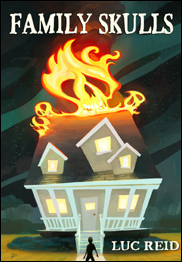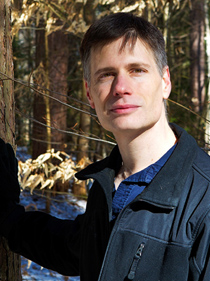 I’ve been researching Russian and Soviet history (important in understanding some of the characters and events in my story) and planning out my novel step by small step in the Snowflake fashion.
I’ve been researching Russian and Soviet history (important in understanding some of the characters and events in my story) and planning out my novel step by small step in the Snowflake fashion.Snowflake forces me to delve deeper before moving ahead. For instance, in the first step, it required me to know and state in a sentence what my novel was about. Then I had to settle on the major turns in the story and come up with an ending, neither of which I was particularly inclined to do at that point if I had been left to my own devices, but both of which have given me a much deeper understanding of where the story was going. In the current step, which requires a period of focus on each major character in turn, it’s forcing me to understand all of my characters well enough to see where they are headed in the course of the novel. What are they each after? How do they change? What are their biggest obstacles? (If you want to read the specific questions instead of my generalizations, you can read about the Snowflake Method on Randy Ingermanson’s Web site.)
I haven’t generally been a fan of cataloging everything there is to know about a character. Yes, it’s nice to know what the character had for breakfast that morning, but that doesn’t really give me much to go on when I’m trying to envision what a character will do or say next. The questions I’m forced to answer for my Snowflake outlining are much more telling and basic: I find out that Nancy, a mother and wife in my story, is trying to get her husband to move their family out of a war zone and getting nowhere with it, which helps me know Nancy much better than if I just knew that she had dry rye toast for breakfast and wanted to marry the postman when she was three. Since goals very often have to do with other people, like in this case, it also tells me some useful things about Nancy’s husband and son and their relationships. Building a web of strong relationships that have built-in conflicts like this yields a story that has a chance of breaking out and writing itself. That’s one reason I’ve gotten so much enjoyment out of Joss Whedon’s star-crossed TV series Firefly: the central characters were a tightly-knit group, but they also had built-in conflicts with one another.
To come at it from another angle: I sometimes get the chance to talk with my father, an actor, about what acting and writing fiction might have in common. I gather from these conversations that one of the things he and many other actors do is to find a specific goal in every scene, a process that can furnish drive, focus, and direction. If you’ve ever seen grade school actors just stand there and fidget, unsure what to do until their next line comes along, you’ll see why I value this kind of point of view, and why a goal-focused view of characters, as Dr. Ingermanson’s approach requires me to take, is promising me something beyond just a better familiarity with my cast.
Photo by viking_79


